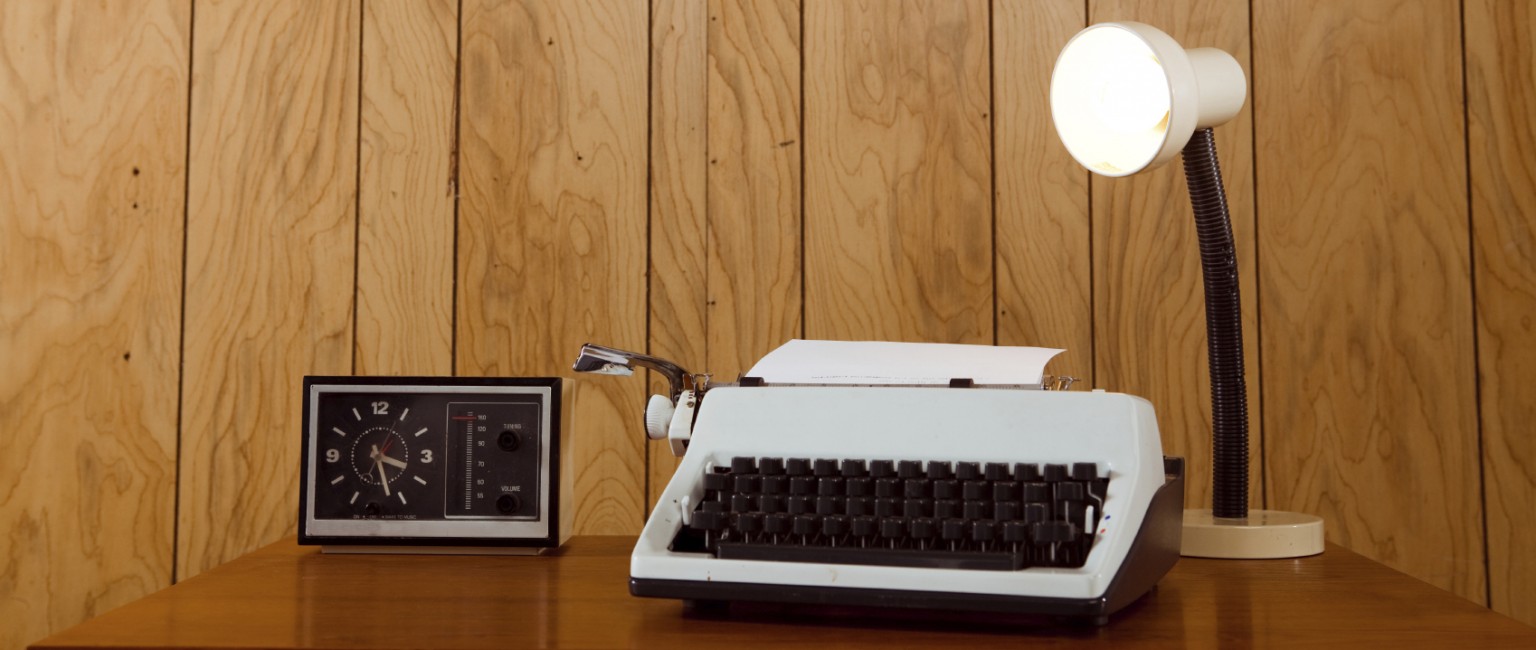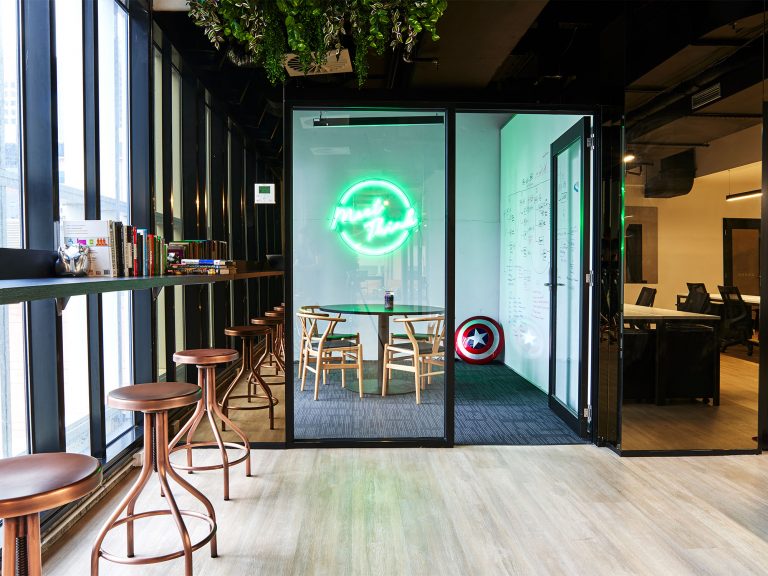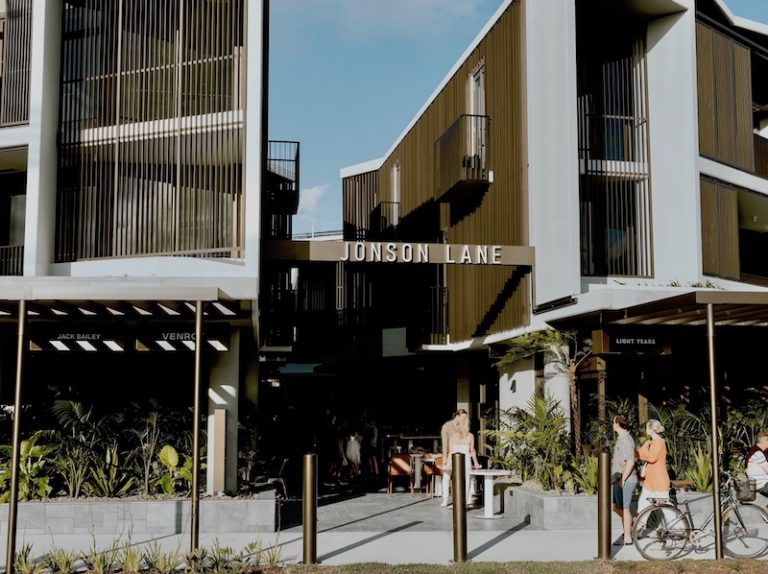The office of the future takes its lead from the past

Forecasting what the future of work will look like is more akin to soothsaying than science, as its most tangible entity – the office – has a history of changing form and function.
But that history also contains the clues to where the office of the future will come from.
When did offices begin?
The office as we know it first took its form in the middle ages, when merchants began erecting spaces for accounts keeping above their shops.
History also contains the clues to where the office of the future will come from.
As trade and the economy grew, the size of offices grew too until we reached 1581, when Italian power broker and banker to the popes, Cosimo de Medici, built his Uffizi in Florence.
The grandeur of his building in the heart of Europe’s richest city reveals not only the pivotal role the office was playing in the economy, but how the new elite were using offices to portray their wealth and status.
Offices talk about wealth and status
It’s much the same in modern times, as seen in the skyscraper movement epitomised by New York’s Chrysler Building, which was finished in 1930. The invention of reinforced concrete and electric elevators made it possible to capitalise on Manhattan real estate, but also to boldly make a statement about the fortune reaped by the Chrysler family from America’s fastest growing industry.
Its interior suites demonstrated another constant in the history of the office: while new wealth and technology are the enablers, form and function is determined by the management fashion of the day.
Wealth and technology are the enablers, form and function are determined by management.
Before skyscrapers, offices were filled with rows of clerks facing in one direction and overseen by an elevated supervisor, much like a boarding school hall. But the new ‘scientific’ management saw desks arranged individually for the first time.
Rows give way to open-plan…
By the 1950s, this had morphed into the open landscapes and formica benches aficionados of the TV series Mad Men will be familiar with. While the scenes of Don Draper flitting past crowded secretaries and disappearing into timber-walled suites for meetings appear quaint and patronising, these workplaces were considered avant-garde in their day.
The first chink in the hierarchy came courtesy of the West German Movement, which proposed that every worker should be afforded their own telephone (gasp). By the 1980s that had evolved into the need for every staff member to have their own identifiable space.
The sea of grey cubicles was born, giving everyone a place to work, hide and enjoy the soft music piped in thanks to an influential Mayo Institute study which found it improved productivity. Out went the ashtrays and tea ladies.
But when fax machines finally disappeared, the cubicle found it had another occupant: a PC enabled by over-the-internet email.
… then to cubicles
The computer age not only relieved expensive real estate from banks of filing cabinets, it also meant staff could legitimately work from home for the first time.
Today the development cycle is spinning faster, and with each new management and technology wave comes an imperative to recreate our working space.
With each new management and technology wave comes an imperative to recreate our working space.
We have only just got used to Scandinavian-style interiors and chill-out rooms and now activity-based campus styles are filling our workplaces with hot-desks and lockers.
Hot-desking the new open-plan
If that leaves you with an eerie sense of déjà vu, the feeling is well grounded. The office of 2014 resembles an upscale version of the college rooms attended by the Zuckerbergs and Brins in the 1990s.
So if you want to know what the office of tomorrow will look like, bypass the hotly contested interior design debates and head to your nearest Uni at the start of next year.
There the first of Generation Z will start their degrees and, if history is any guide, the way they use space and technology will be your best guide to how your workplace will look in the years to come.







